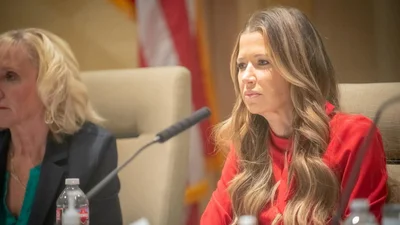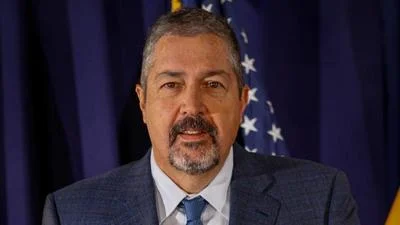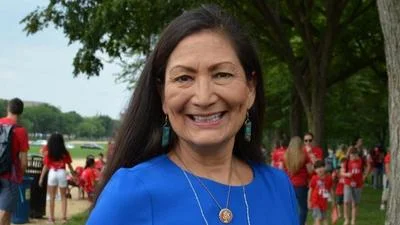National monuments serve as significant cultural and natural landmarks, cherished across political and demographic lines in the United States. Despite their importance, these monuments face threats due to an alleged "energy emergency." Many of these lands, once taken from Native American tribes, are now open for mining and energy development, raising concerns about prioritizing short-term profits over preserving sites sacred to Native peoples.
Efforts to protect these landscapes as national monuments are often spearheaded by Native American tribes and Tribal Nations. These lands hold cultural, religious, and historical significance, serving as traditional gathering spots and sites of religious ceremonies. Tribal communities emphasize the importance of preserving these areas to maintain their cultural heritage and land for future generations. Protections are seen as crucial for sustaining cultural survival and the relationship tribes have had with these lands for centuries.
Examples of such protected areas include Bears Ears National Monument in Utah, Baaj Nwaavjo I’tah Kukveni-Ancestral Footprints of the Grand Canyon National Monument, Chuckwalla National Monument, and the Sáttítla Highlands National Monument. Despite protection status, these monuments remain at risk. Each of these areas, while unique, is vital to maintaining Native traditions and cultural practices.
Bears Ears National Monument is notable for its distinctive buttes resembling bears' ears. The Hopi Nation, Navajo Nation, Ute Indian Tribe, Ute Mountain Ute Tribe, and Zuni Tribe hold these formations as sacred. These tribes continue to use the area for cultural and religious practices, advocating for national monument designation to protect their significance.
Further south, Baaj Nwaavjo I’tah Kukveni National Monument at the Grand Canyon represents ancestral homelands for the Havasupai Tribe, Hopi Tribe, and Navajo Nation among others. Despite historical loss due to colonization and resource exploitation, Indigenous peoples and their allies have worked to secure protections for these sacred lands.
As Earth Day prompts reflection on conservation, advocates urge safeguarding these monuments and the cultural heritage they embody. They call for collaboration with Tribal Nations to protect these lands legally. "Take action this Earth Day and partner with Tribal Nations to protect these sacred lands in court," advocates urge. "Show up, speak out, and donate."









